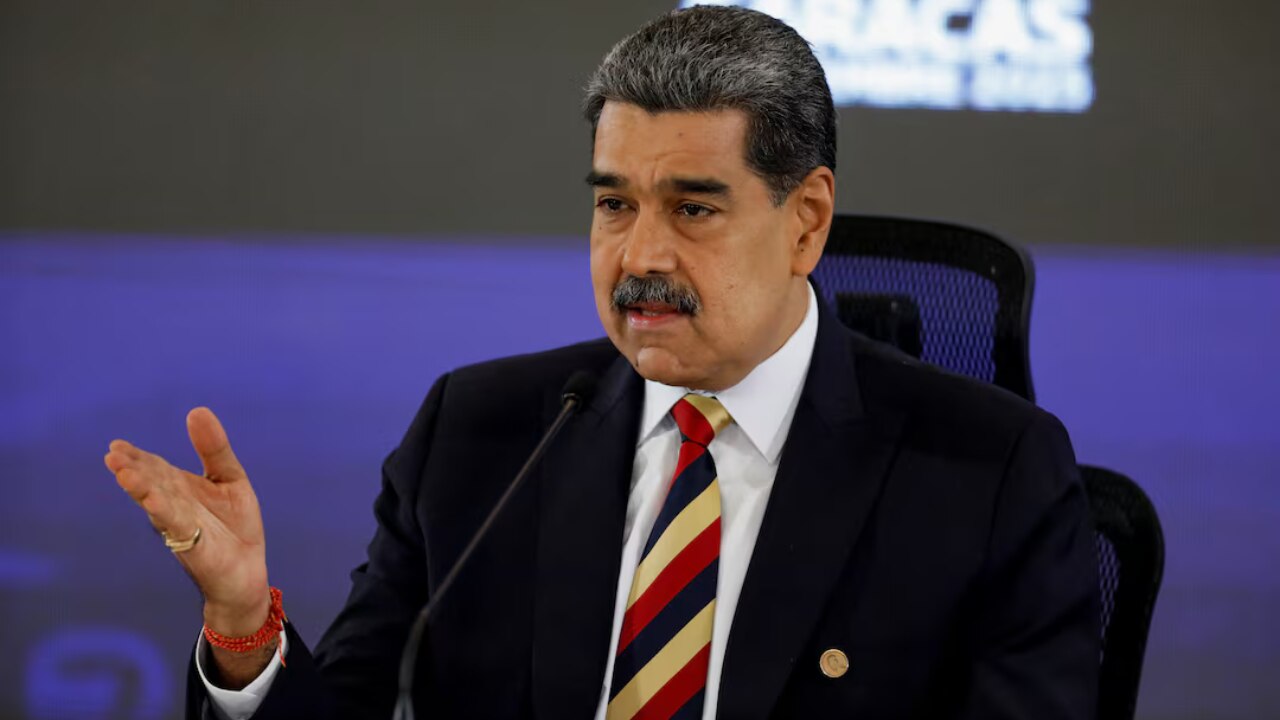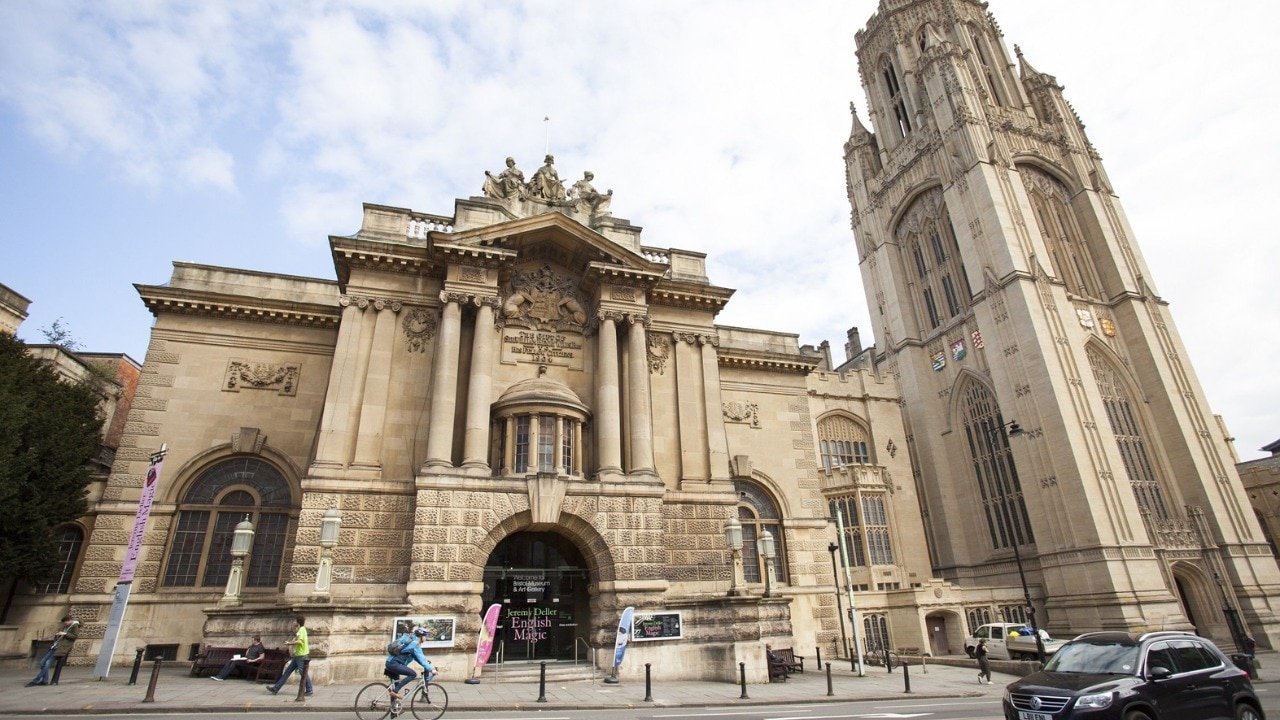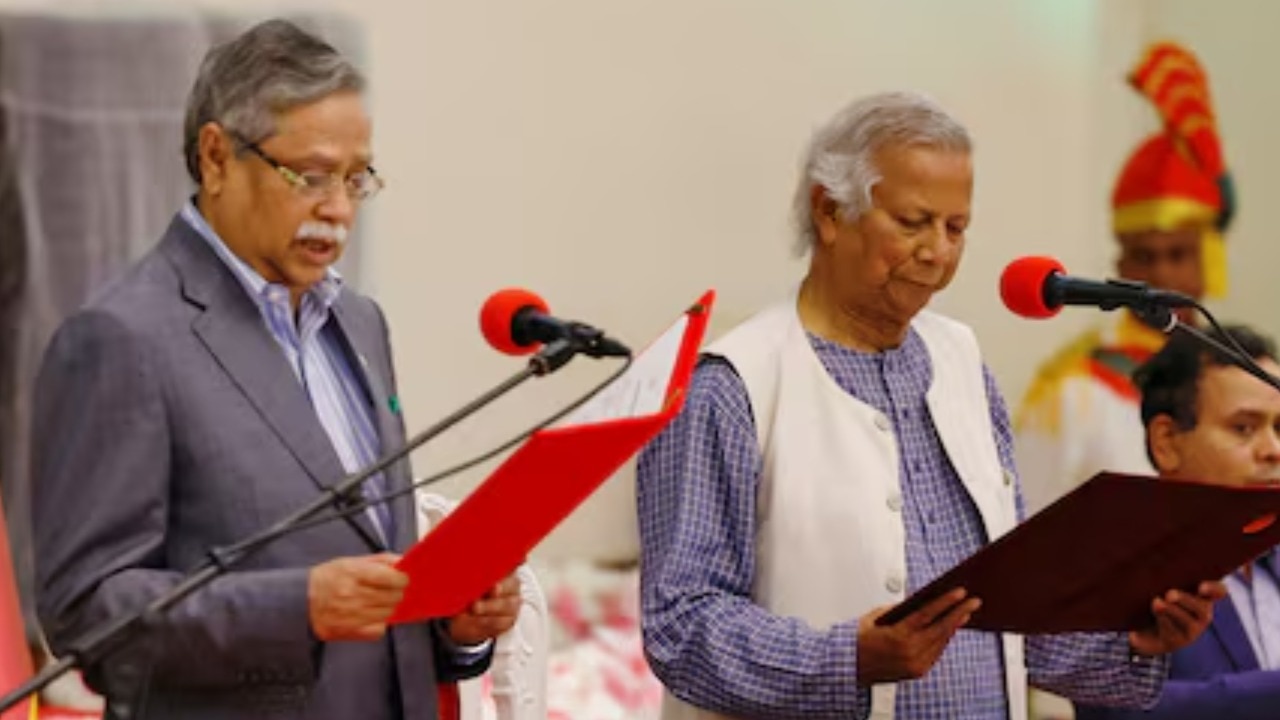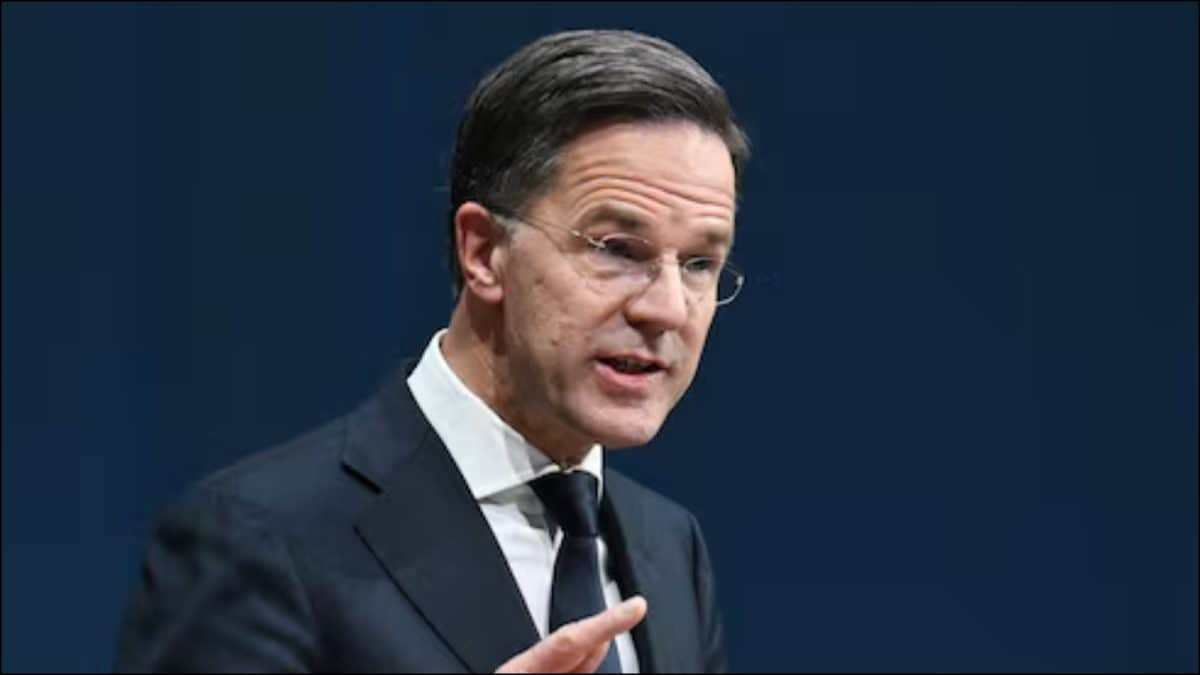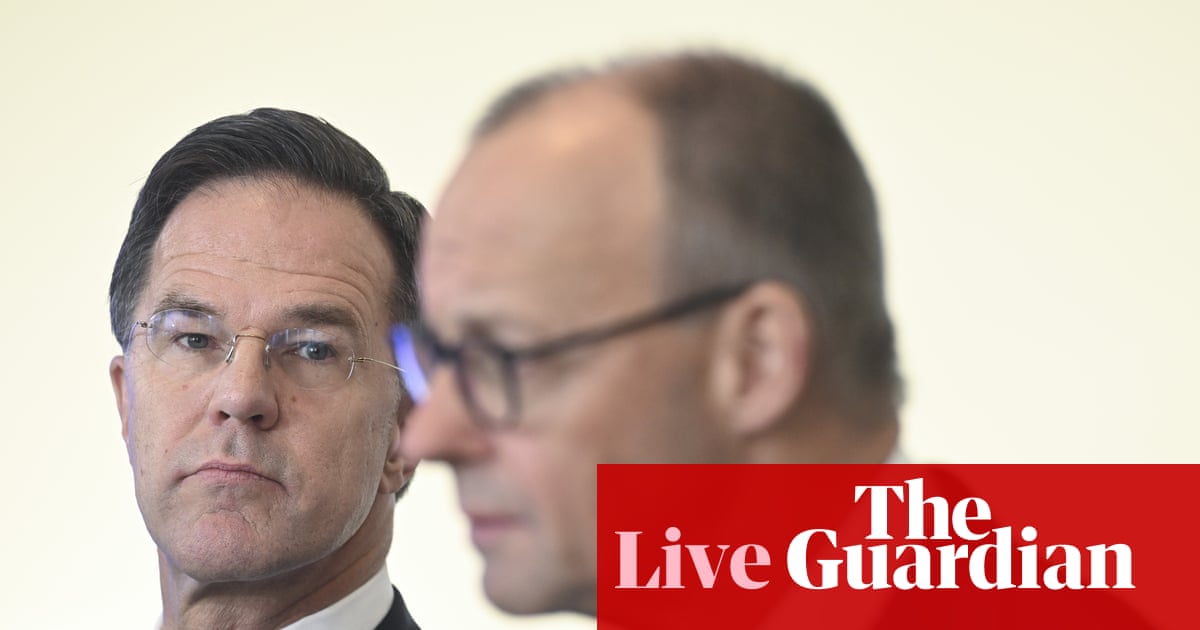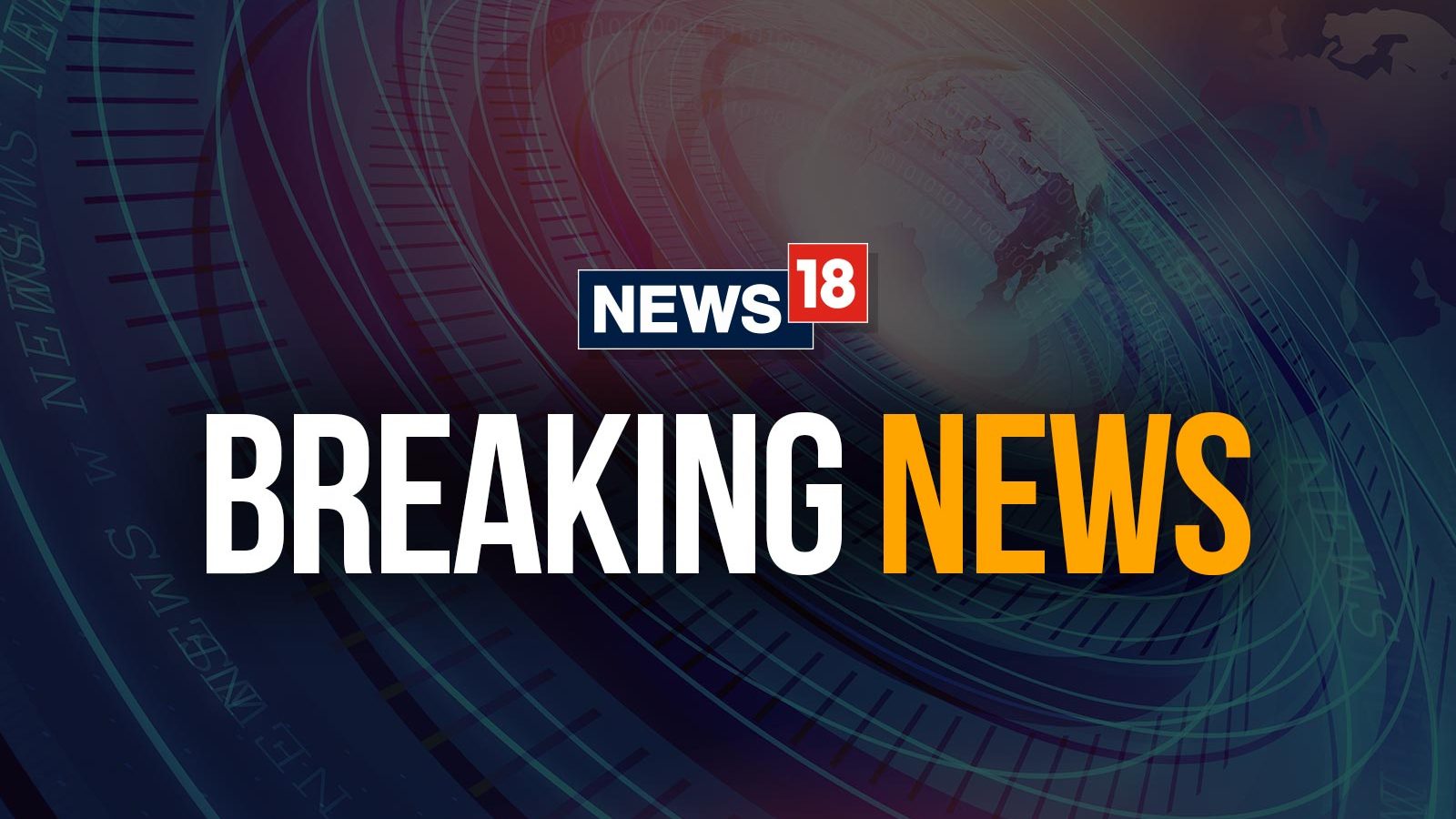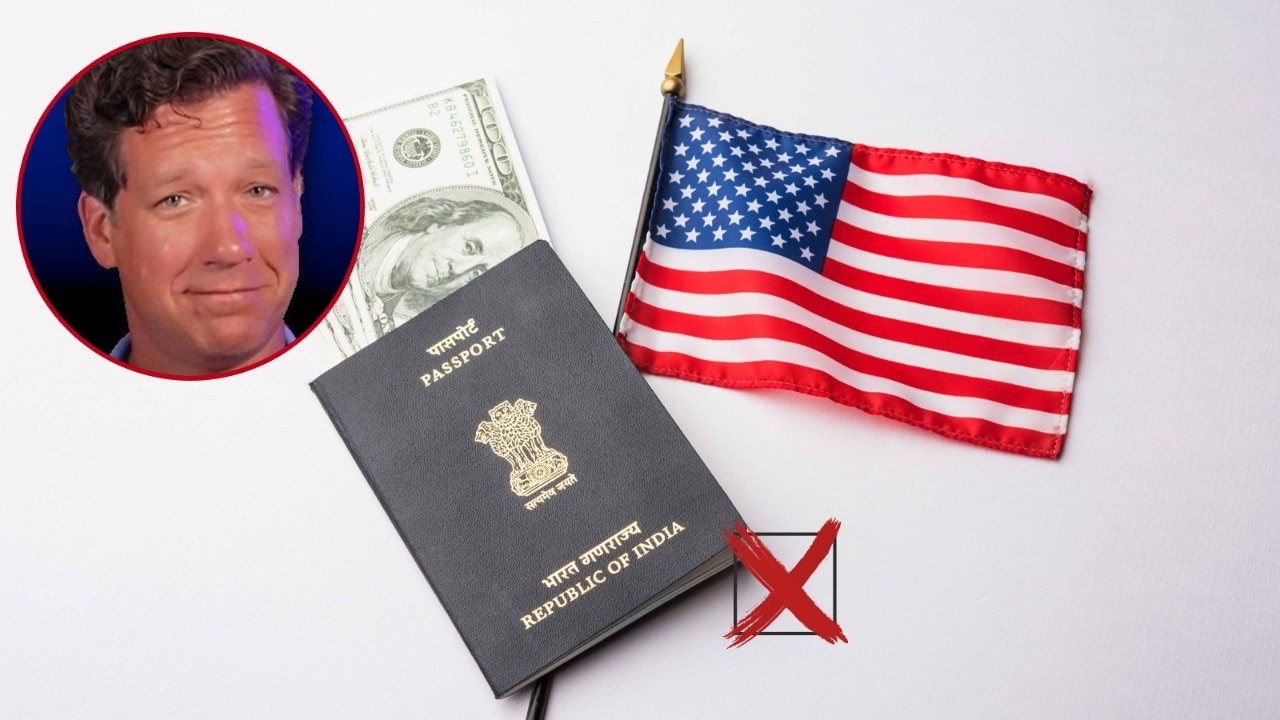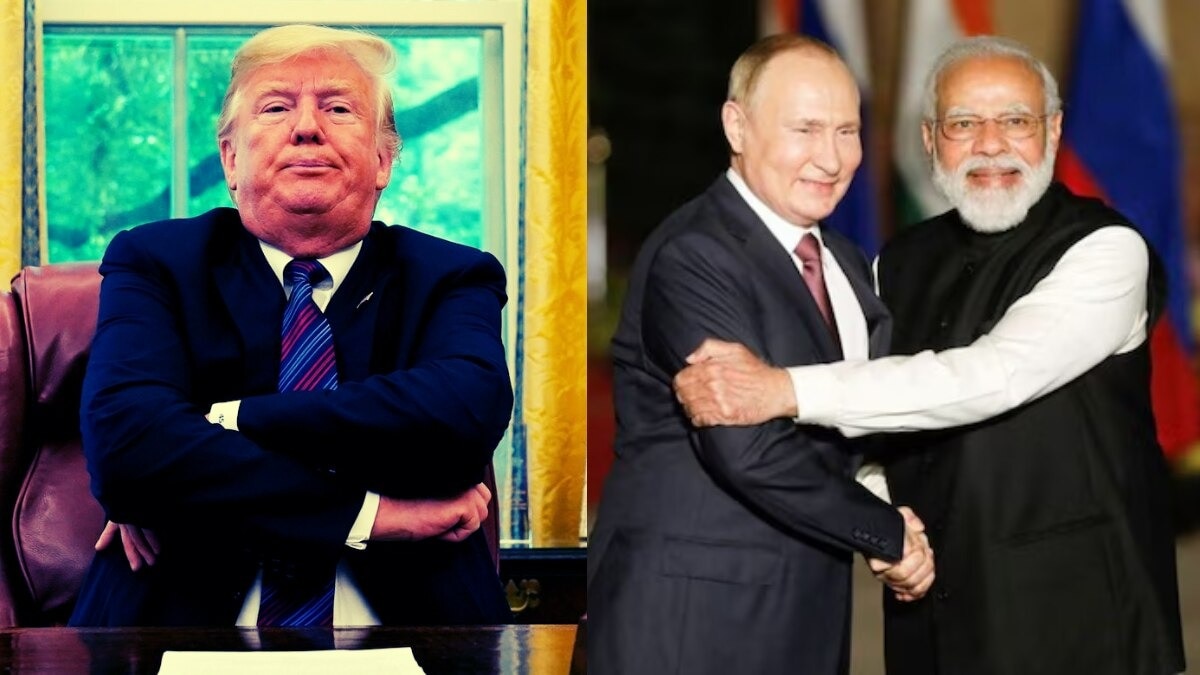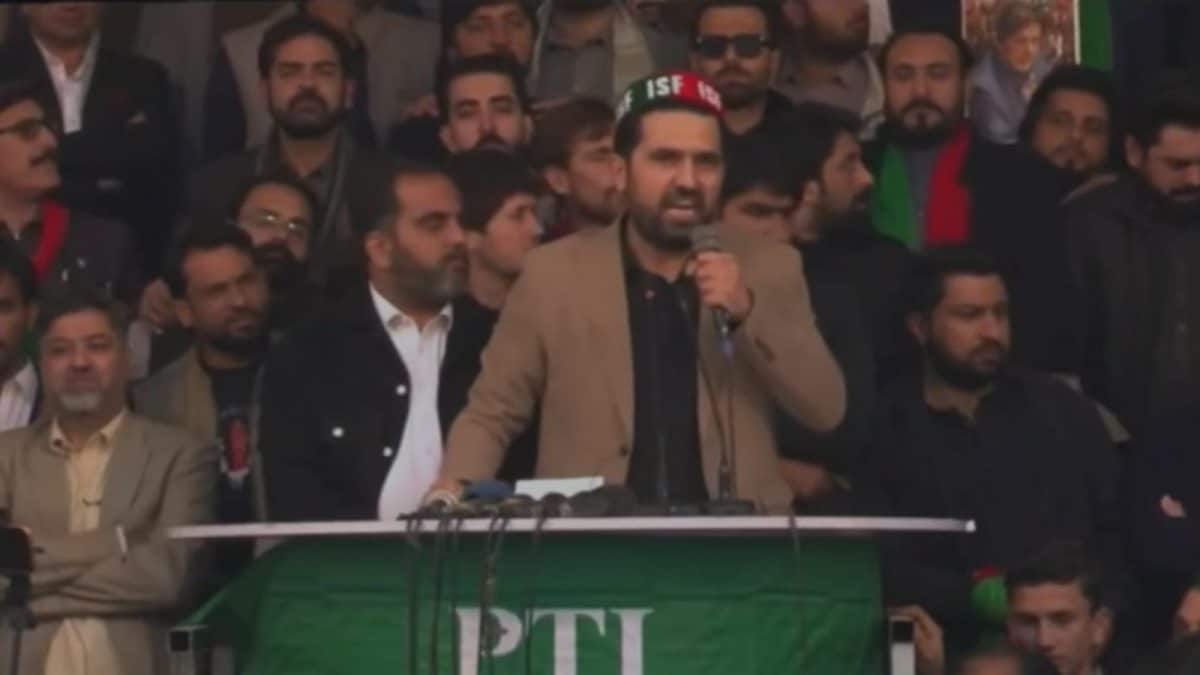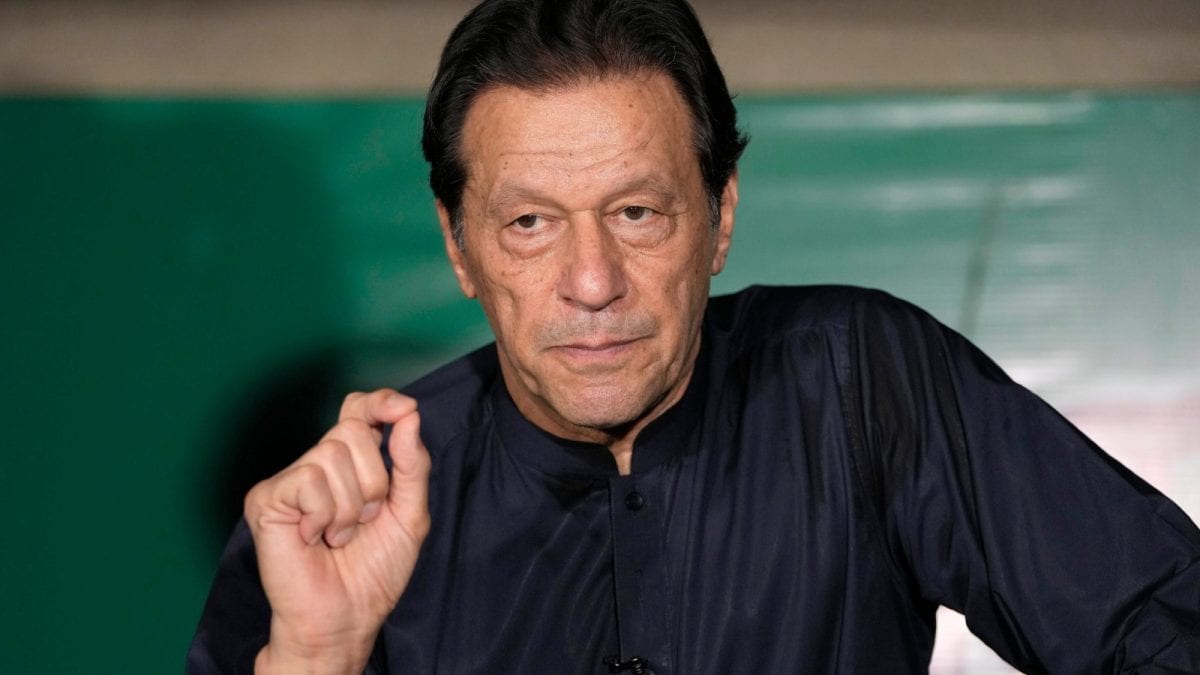Last Updated:November 10, 2025, 10:22 IST
COP30 opens in Brazil’s Belém, where nearly 200 nations will debate whether the world can still meet its pledge to curb global warming

The world’s biggest annual climate meeting, the 30th Conference of the Parties, or COP30, begins today in Belém, Brazil. (AP Photo)
The world’s biggest annual climate meeting, the 30th Conference of the Parties, or COP30, begins today in Belém, Brazil. 33 years after the first UN climate treaty was signed at the Rio Earth Summit, the conference returns to Brazilian soil amid record heat, rising emissions, and growing scepticism over global climate commitments.
The two-week summit, running from 10 to 21 November, will test whether governments can turn past promises into concrete action. Here’s what to expect from this year’s talks.
What Is COP30 And Why Does It Matter?
Every year, the 198 member countries of the UN Framework Convention on Climate Change (UNFCCC) meet to coordinate their response to global warming. Each meeting is called a COP, short for Conference of the Parties. The treaty that created it recognised that all nations share responsibility for tackling climate change, but that richer countries, which contributed most to historic emissions, must take the lead.
The rotating presidency, now held by Brazil, sets the agenda and leads negotiations. This year’s COP is a symbolic full-circle moment: Brazil hosted the 1992 Rio Earth Summit, where the UNFCCC was first adopted. Three decades later, the country is hosting the milestone 30th session with a renewed focus on accountability, equity, and the protection of vulnerable communities.
Why Belém?
Brazil chose to host COP30 in Belém, the gateway to the Amazon rainforest, to draw global attention to the importance of forests in climate stability. The decision symbolically underlines the urgency of protecting forests that remain under pressure from logging, mining, agriculture, and fossil fuel extraction.
The Amazon, one of the planet’s largest carbon sinks, holding an estimated 150–200 billion tonnes of carbon, is under severe strain from deforestation and land conversion. Bringing the conference to the edge of the rainforest reflects Brazil’s effort to connect climate action with the protection of ecosystems and the people who depend on them, including indigenous communities.
However, Belém’s remote location, limited infrastructure, and soaring hotel costs have made participation difficult for smaller nations and civil society groups. These logistical hurdles have raised concerns that the very voices most affected by climate change may find it harder to be heard.
What Are The Main Themes This Year?
This year’s COP is being described as an “Implementation COP", the one where countries are expected to translate their pledges into measurable results. It will be guided by the first Global Stocktake (GST) under the Paris Agreement, a five-yearly review that assesses global progress, identifies gaps, and helps countries strengthen their plans.
Discussions will revolve around six areas: transitions in energy, industry, and transport; protection of forests, oceans, and biodiversity; transformation of food systems; resilience in cities, infrastructure, and water; and human and social development. Each of these depends heavily on one central issue — climate finance.
Will Money Dominate The Talks Again?
Finance remains at the centre of global climate negotiations. At COP29 in Baku last year, countries agreed on a New Collective Quantified Goal (NCQG) to raise 300 billion dollars a year by 2035 from developed nations and to mobilise 1.3 trillion dollars annually from all public and private sources combined. The “Baku-to-Belém Roadmap", prepared by Azerbaijan and Brazil, will now be reviewed and finalised at this summit.
Yet the gap between promises and delivery remains vast. The latest UN assessment shows that the demand for climate finance is 12 to 14 times higher than current flows. The Loss and Damage Fund, created at COP28 to help poorer nations recover from disasters, holds less than a billion dollars against annual needs running into hundreds of billions.
Developing countries argue that climate finance has been chronically underdelivered. They also warn that expanding the definition of contributors to include banks, investors, philanthropies, and even private sectors in developing countries weakens the founding principle of common but differentiated responsibilities — the idea that richer nations, having caused more damage, must do more to fix it.
Will The US Absence And EU Hesitation Affect Outcomes?
For decades, the US played a central role in shaping global climate agreements and driving international finance commitments. That changed dramatically under the Trump administration, which cut funding for climate research, rolled back renewable energy projects, expanded oil and gas extraction, and formally withdrew from the Paris Agreement for a second time.
This retreat has created a leadership gap that others, including China, Brazil, and the European Union, are now trying to fill. China and Brazil have sought to rally developing nations and promote cooperation on energy transitions and forest protection, though both face their own economic and political limits.
The European Union, traditionally seen as the other pillar of global climate diplomacy, arrives in Belém with limited momentum. After months of internal negotiations, it has only just settled on a 2040 emissions target and a provisional goal for 2035. The slow progress has raised doubts about whether the EU can provide the direction and consistency needed to steer global talks at a time of growing urgency.
What About The New Emission Targets?
Countries were supposed to submit updated 2035 ly Determined Contributions (NDCs), their national emission-reduction plans, by February this year. After an extension to September, most have yet to comply. According to Climate Action Tracker data, the pledges submitted so far cover only 19 per cent of global emissions.
This shortfall highlights the widening gap between current pledges and what science says is required to keep global warming below 1.5°C. How countries address this gap in Belém will determine whether the Paris Agreement’s credibility can be preserved a decade after its signing.
How Will Adaptation Feature At COP30?
Adaptation, preparing for the impacts of climate change that can no longer be avoided, will be one of the central themes in Belém. The long-delayed Global Goal on Adaptation (GGA) is expected to be finalised at this COP. It aims to establish measurable targets for resilience, align funding with real-world needs, and create a framework to track progress.
Because adaptation must respond to local realities, there is no single model. Measures that work in coastal regions may not suit mountainous or arid areas. Many countries are urging negotiators to ensure that adaptation planning incorporates local and indigenous knowledge systems that have helped communities manage environmental change for generations.
In India, for instance, traditional seed varieties, community water-harvesting systems, and ecosystem restoration efforts have shown how local knowledge can strengthen resilience.
What New Proposals Are Expected?
One of the most closely watched initiatives at COP30 is the proposed Tropical Forests Forever Facility, which aims to reward tropical forest nations for protecting their ecosystems rather than exploiting them. About one-fifth of the funds would go directly to indigenous and local communities that play a key role in forest conservation.
The initiative reflects a growing consensus that climate action and biodiversity protection must advance together, making forest conservation a central pillar of future climate finance. The summit is also expected to move forward on the Baku-to-Belém Roadmap, which sets out how the $1.3 trillion annual funding goal for developing nations could be met through a mix of public and private finance.
What Is India’s Position?
India comes to COP30 with a clear and consistent message: climate justice, equity, and accountability must remain at the core of negotiations. It argues that nations with the greatest historical responsibility for emissions must take the lead in both cutting greenhouse gases and providing reliable finance for developing economies.
At the mid-year talks in Bonn, India coordinated the G77 and China bloc to call for a fair and transparent funding framework under the NCQG. The group is seeking assurances that finance will be timely, accessible, and based on need rather than political or market considerations.
At home, India has integrated green budgeting into fiscal planning, issued sovereign green bonds to fund clean projects, and plans to launch a national carbon market by 2026 to encourage low-carbon industries. It continues to balance climate action with economic growth, stressing that technology access, capacity-building, and affordable finance are essential for a “just transition" that supports jobs and development while reducing emissions.
Are There Other Key Decisions On Agenda?
Delegates will also decide who hosts COP31. Australia, backed by Pacific nations, has bid to hold it in Adelaide, while Turkey remains a rival contender. If no consensus is reached in Belém, the meeting will default back to Bonn, Germany, where the UN climate secretariat is based.
What Outcomes Are Likely?
COP30 is expected to focus on finalising the NCQG framework, setting measurable adaptation goals, narrowing the 2035 emissions gap, and reinforcing the connection between climate and biodiversity. The summit will also test whether the international system can still function amid political fragmentation and worsening climate impacts.
With the world now temporarily past the 1.5°C threshold, what emerges from Belém will show whether climate diplomacy can still turn pledges into action, or whether the planet’s future will continue to drift further from control.

Karishma Jain, Chief Sub Editor at News18.com, writes and edits opinion pieces on a variety of subjects, including Indian politics and policy, culture and the arts, technology and social change. Follow her @kar...Read More
Karishma Jain, Chief Sub Editor at News18.com, writes and edits opinion pieces on a variety of subjects, including Indian politics and policy, culture and the arts, technology and social change. Follow her @kar...
Read More
First Published:
November 10, 2025, 10:22 IST
News explainers Your Guide To COP30: Here’s What To Expect As Nations Debate Climate Action
Disclaimer: Comments reflect users’ views, not News18’s. Please keep discussions respectful and constructive. Abusive, defamatory, or illegal comments will be removed. News18 may disable any comment at its discretion. By posting, you agree to our Terms of Use and Privacy Policy.
Read More

 1 month ago
1 month ago
